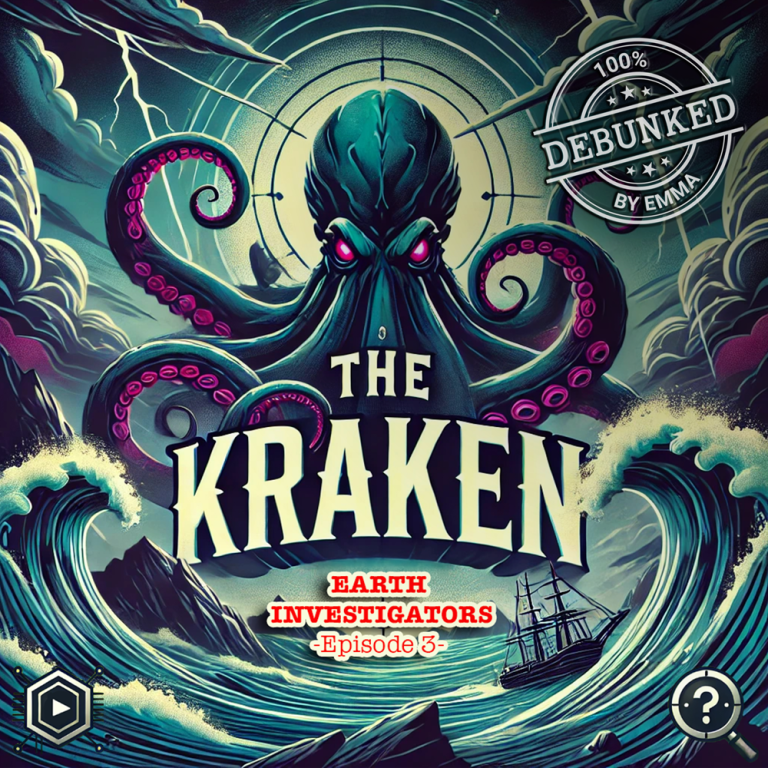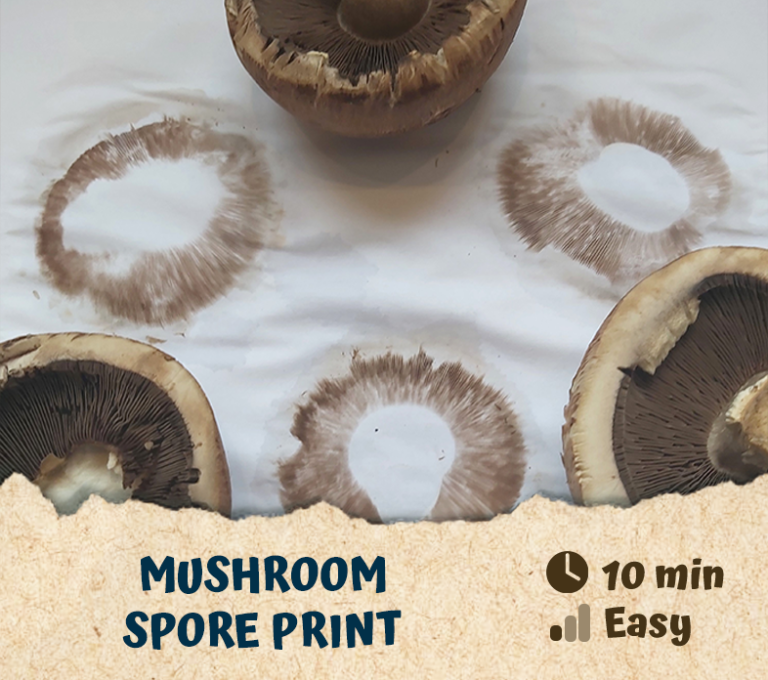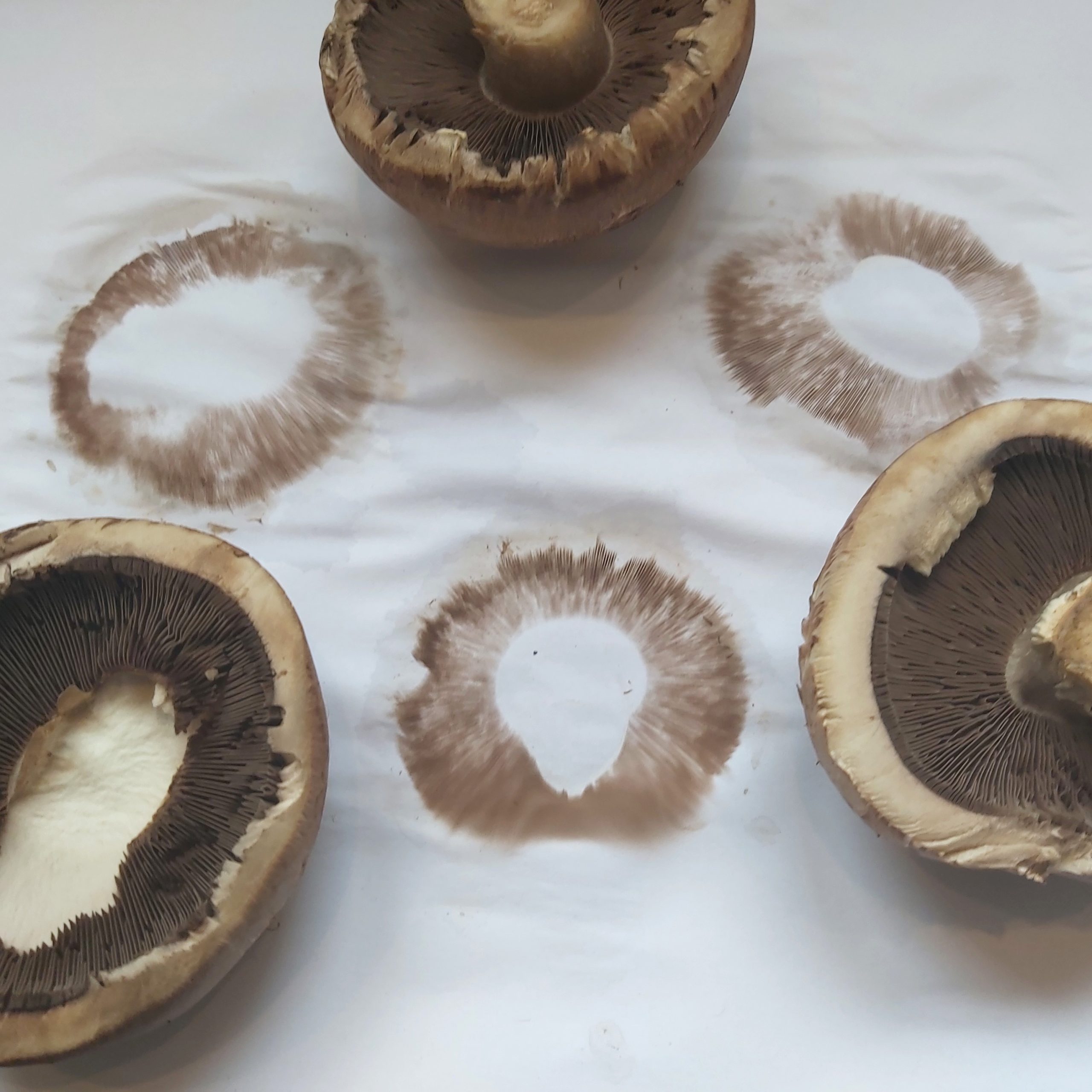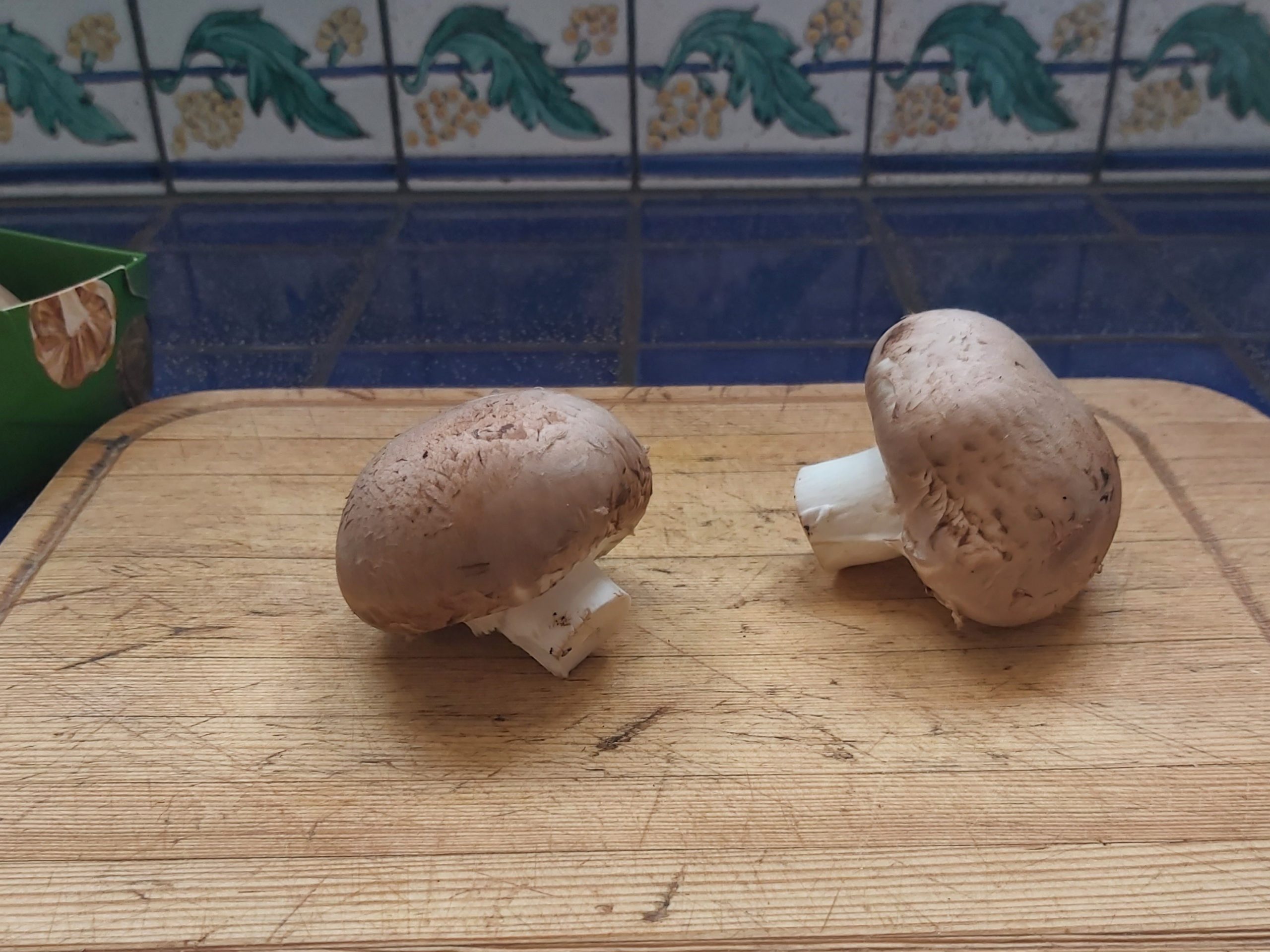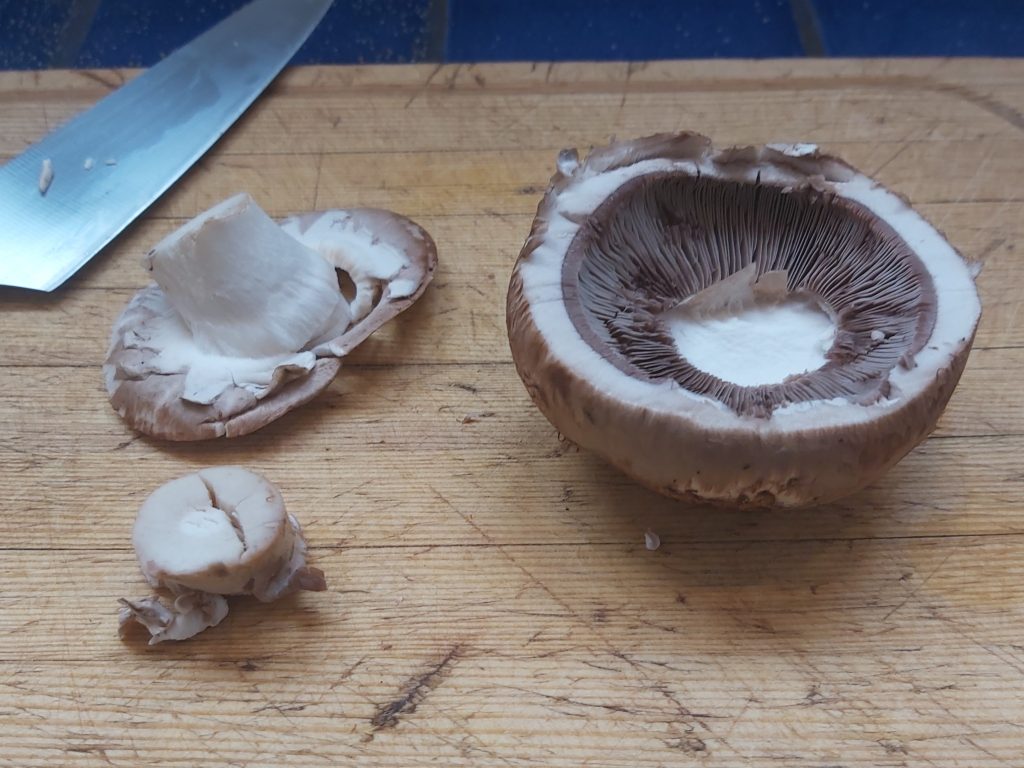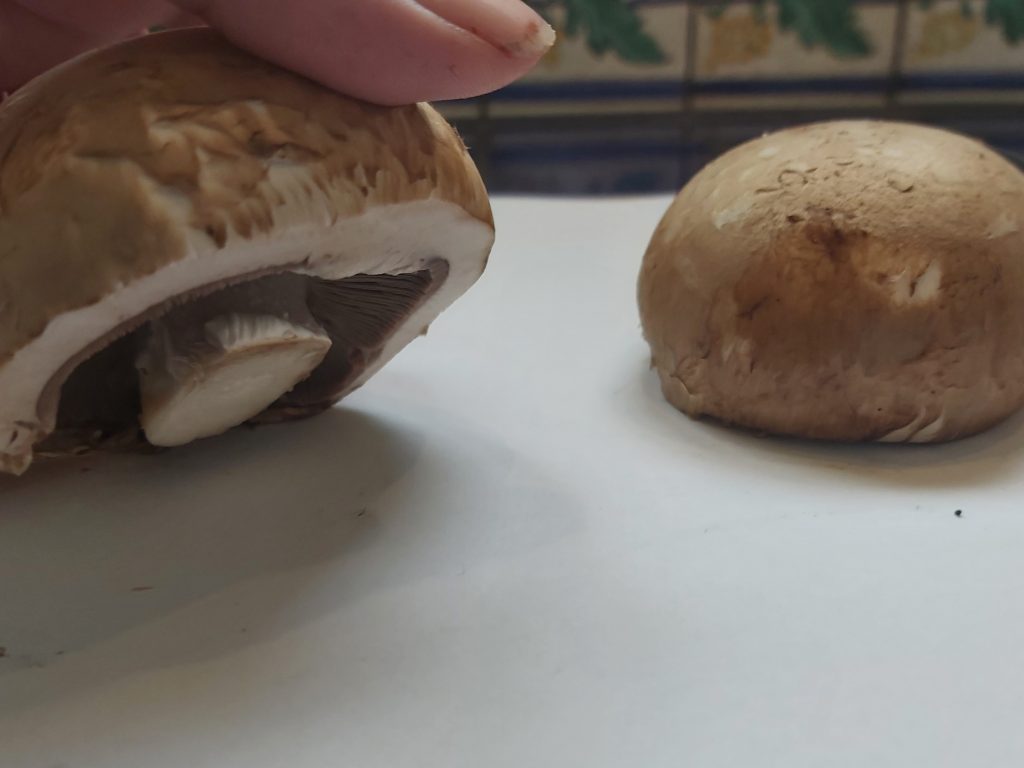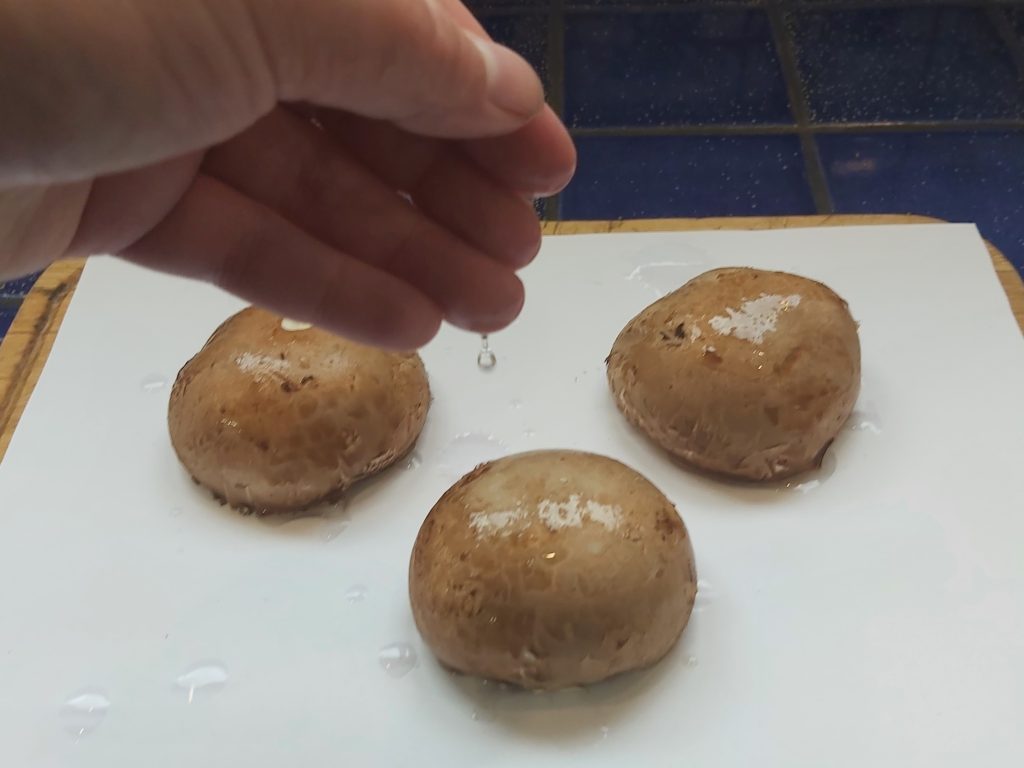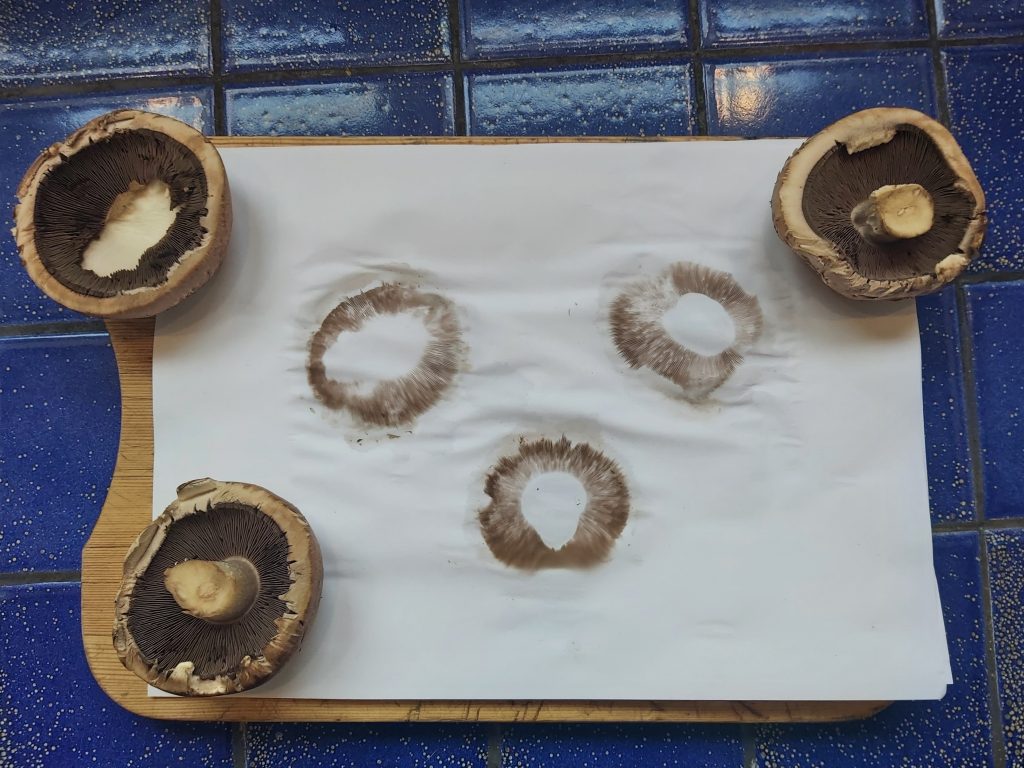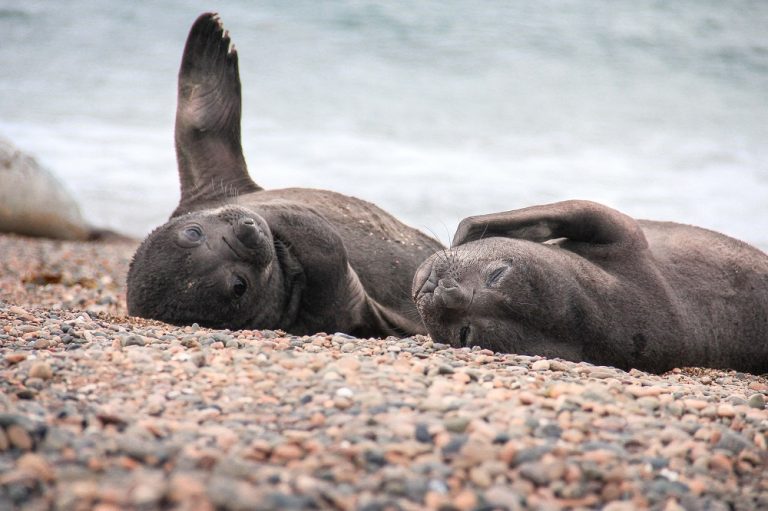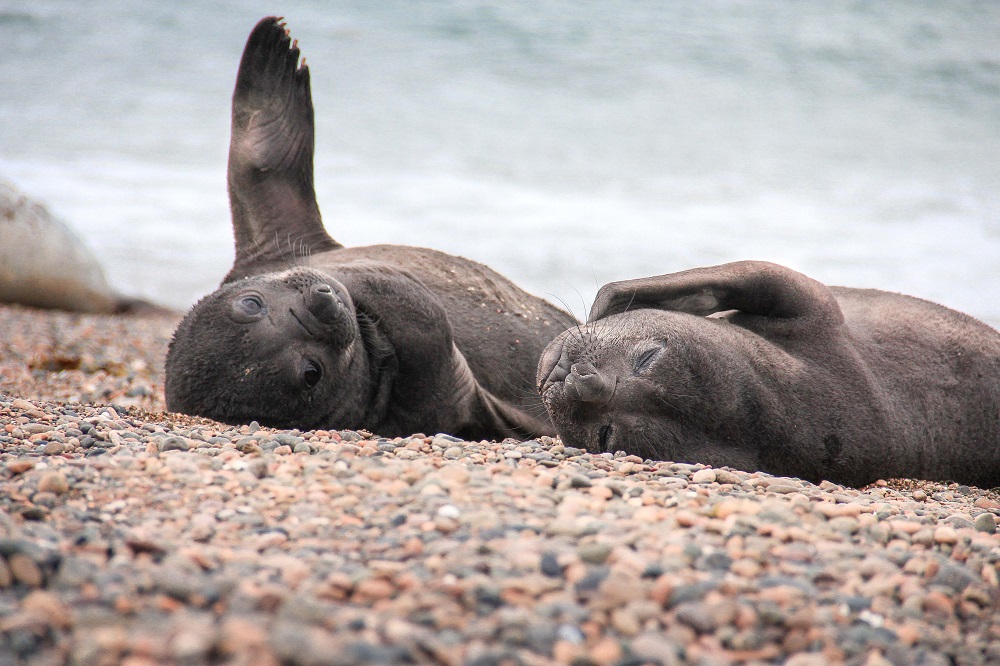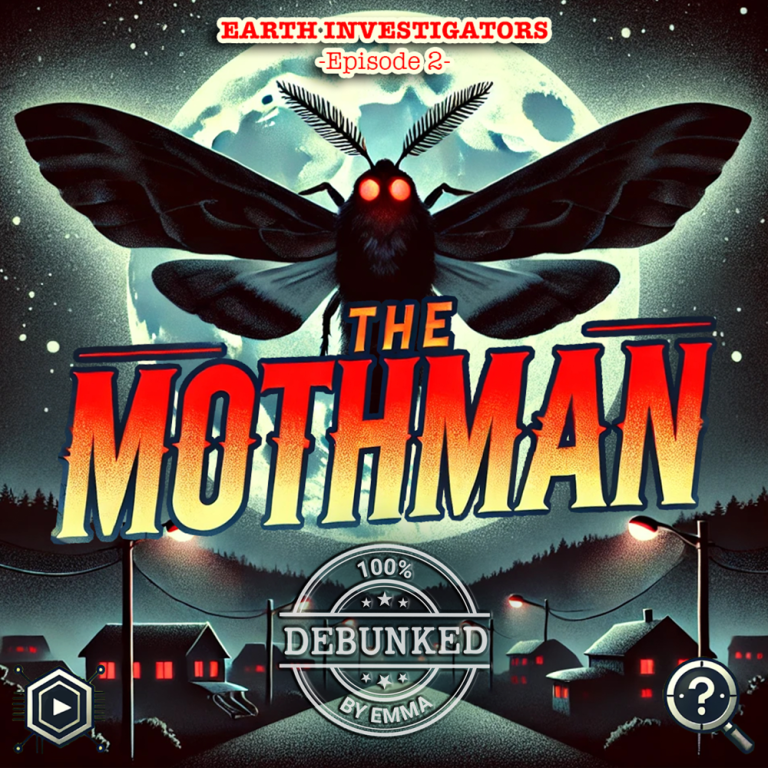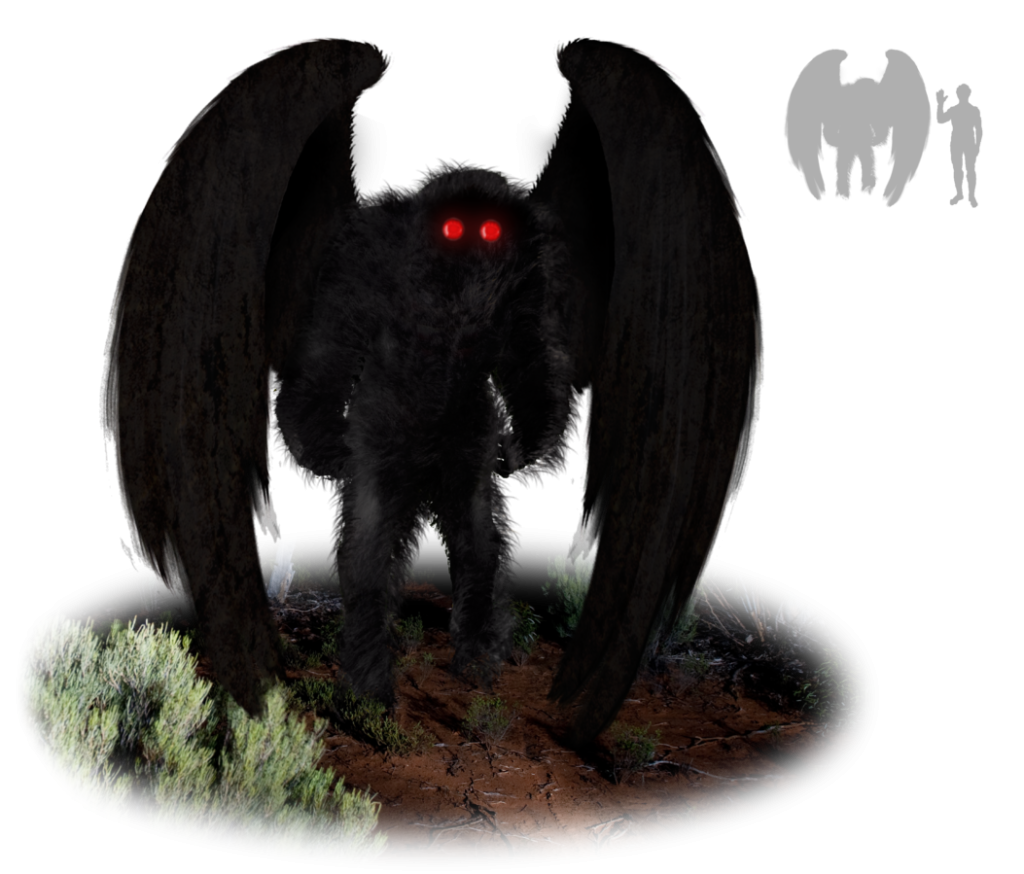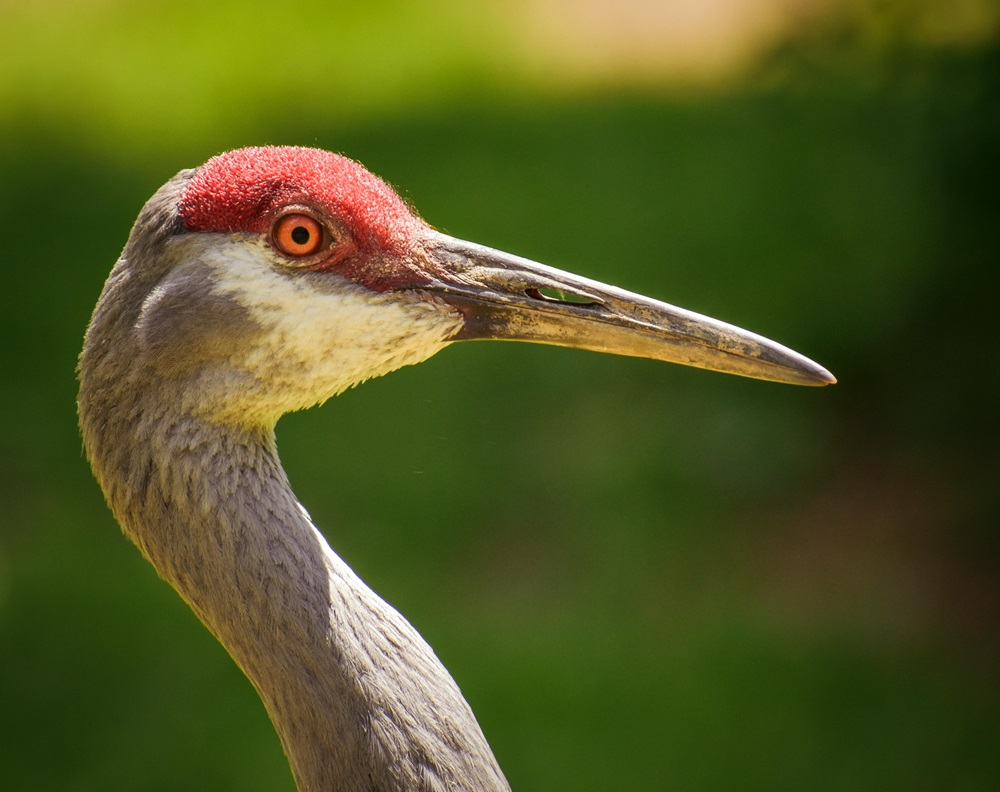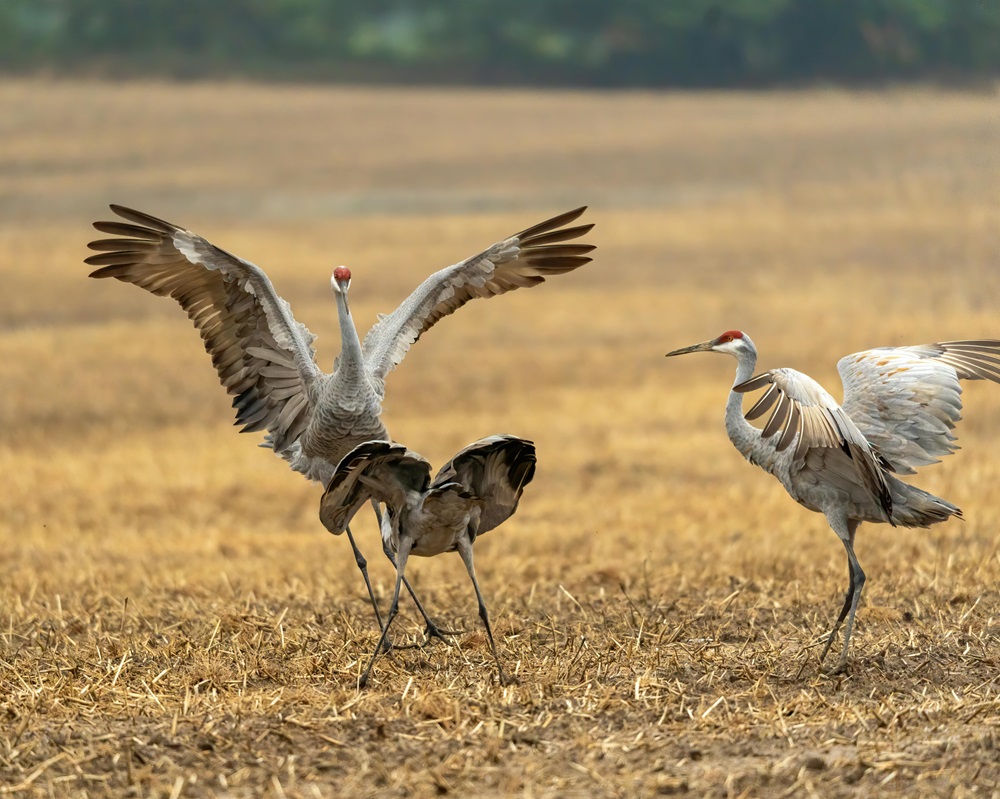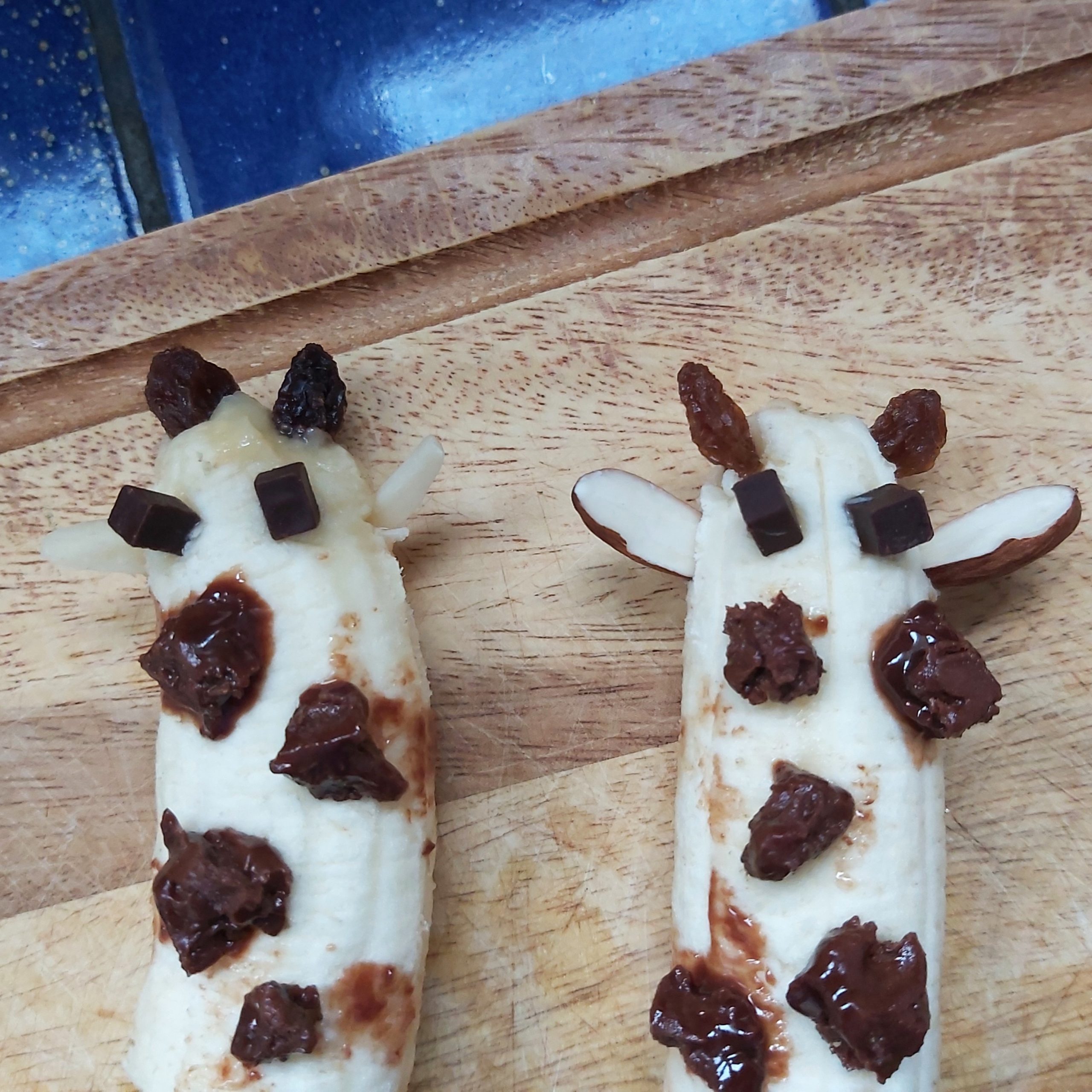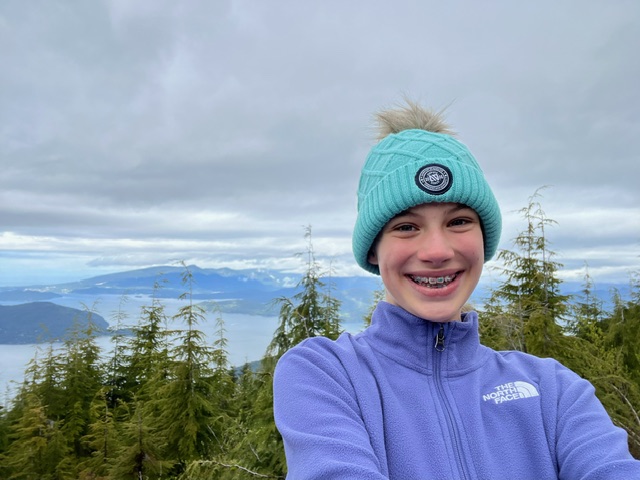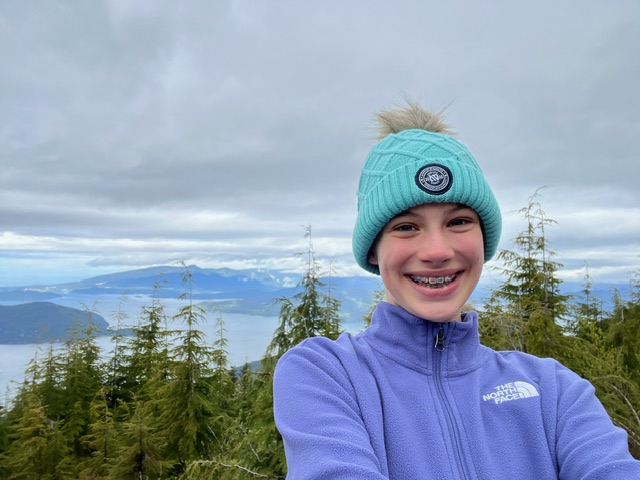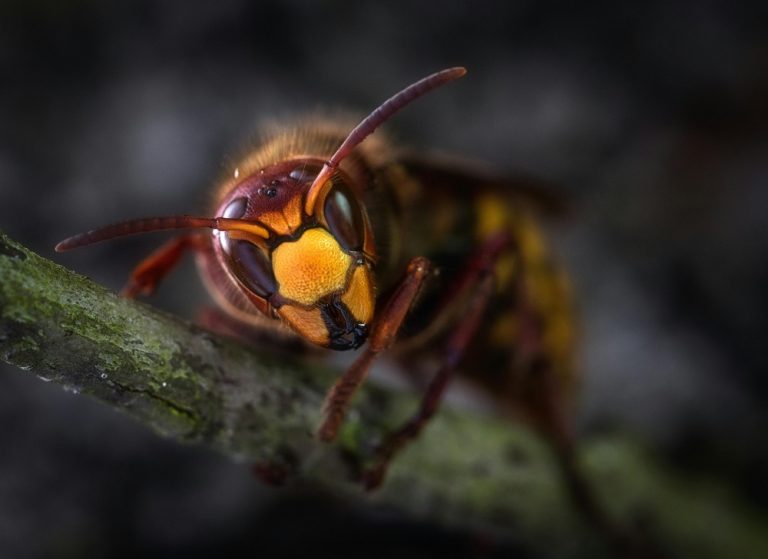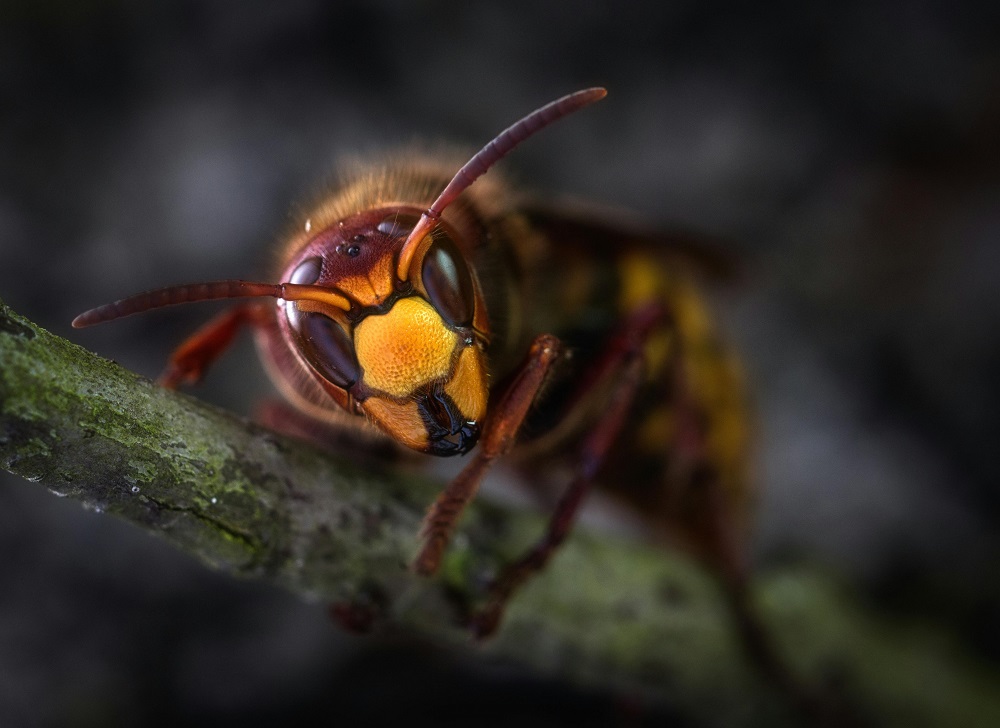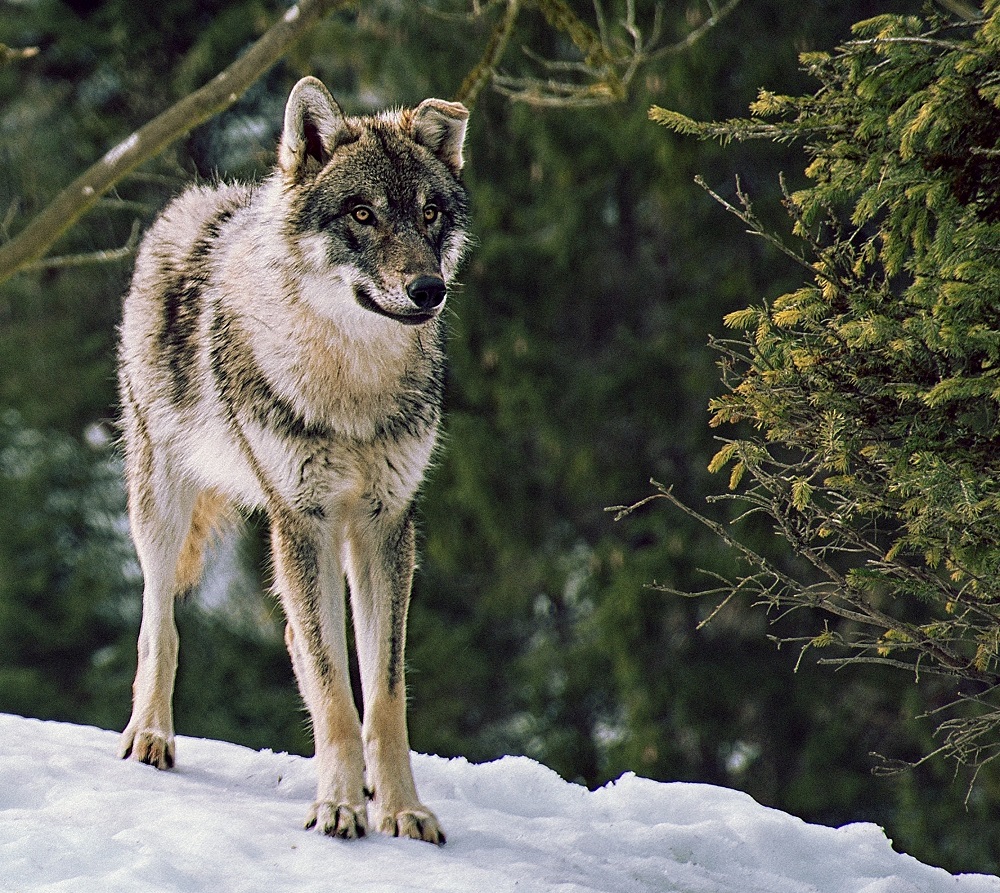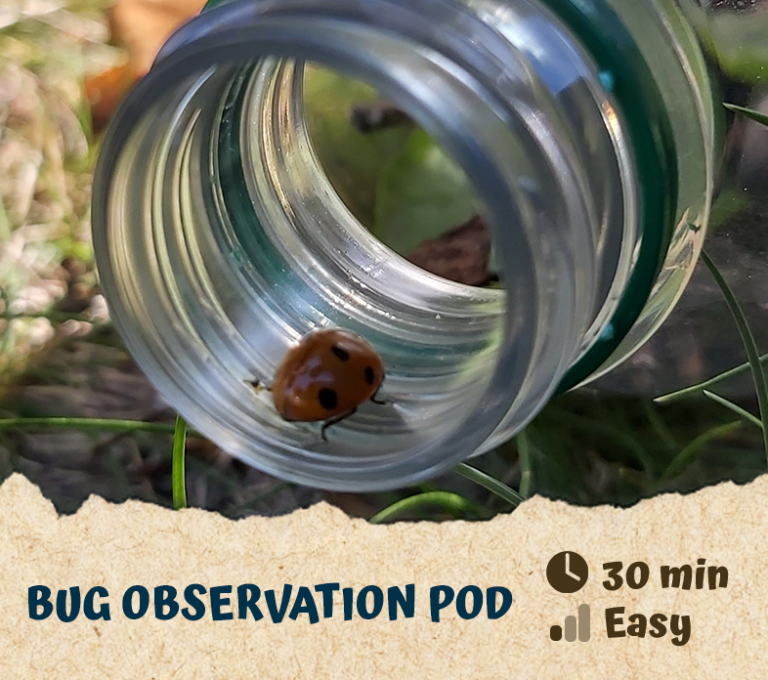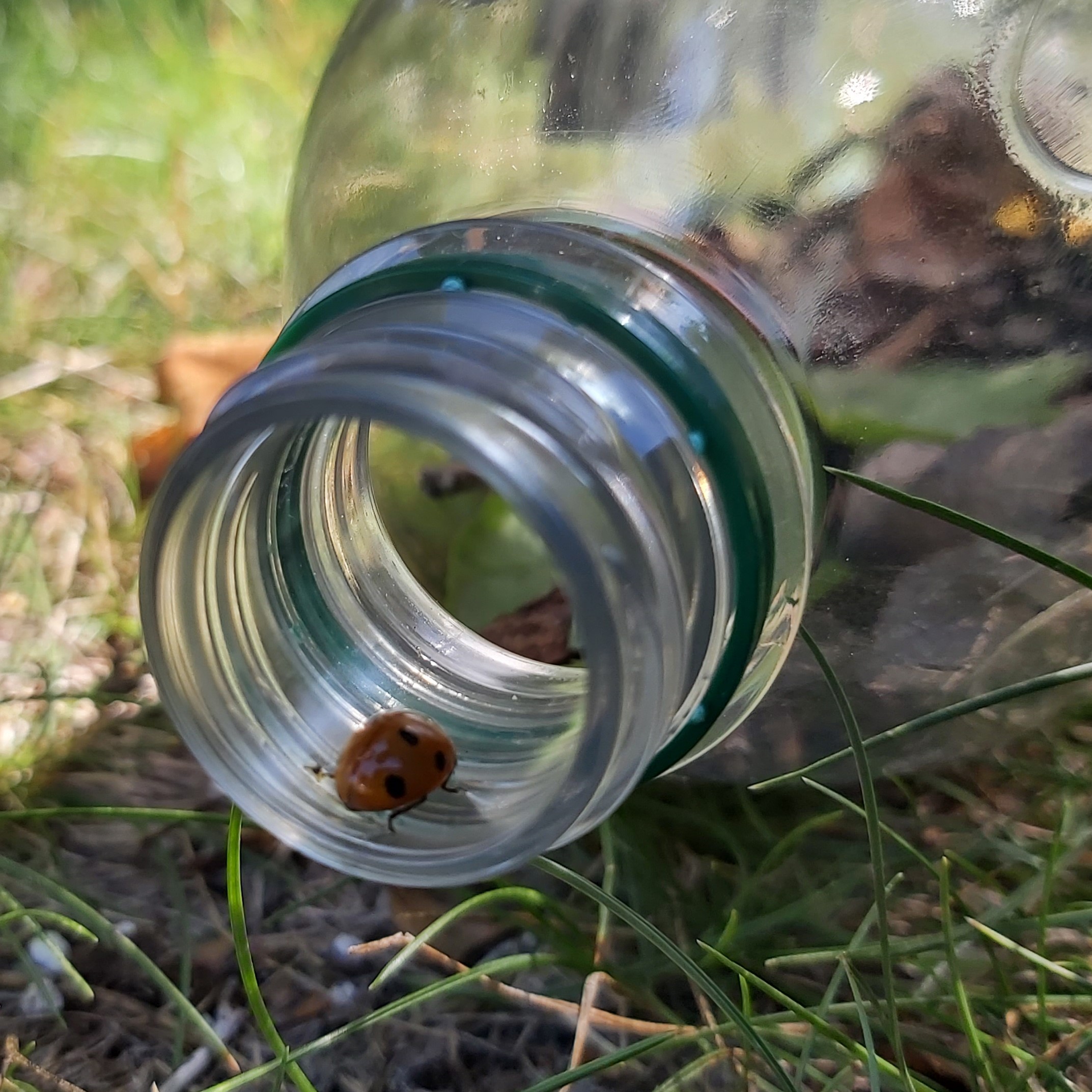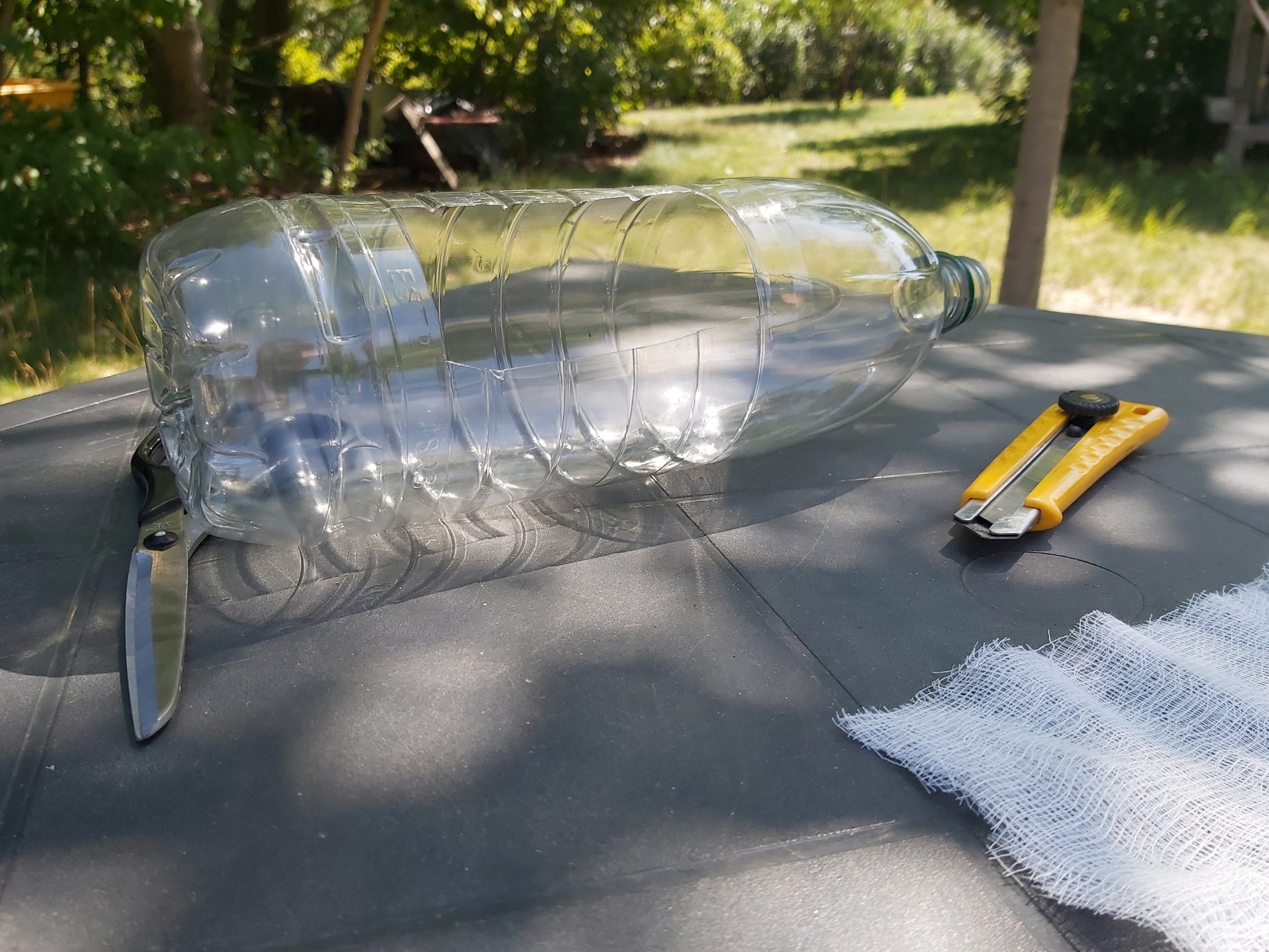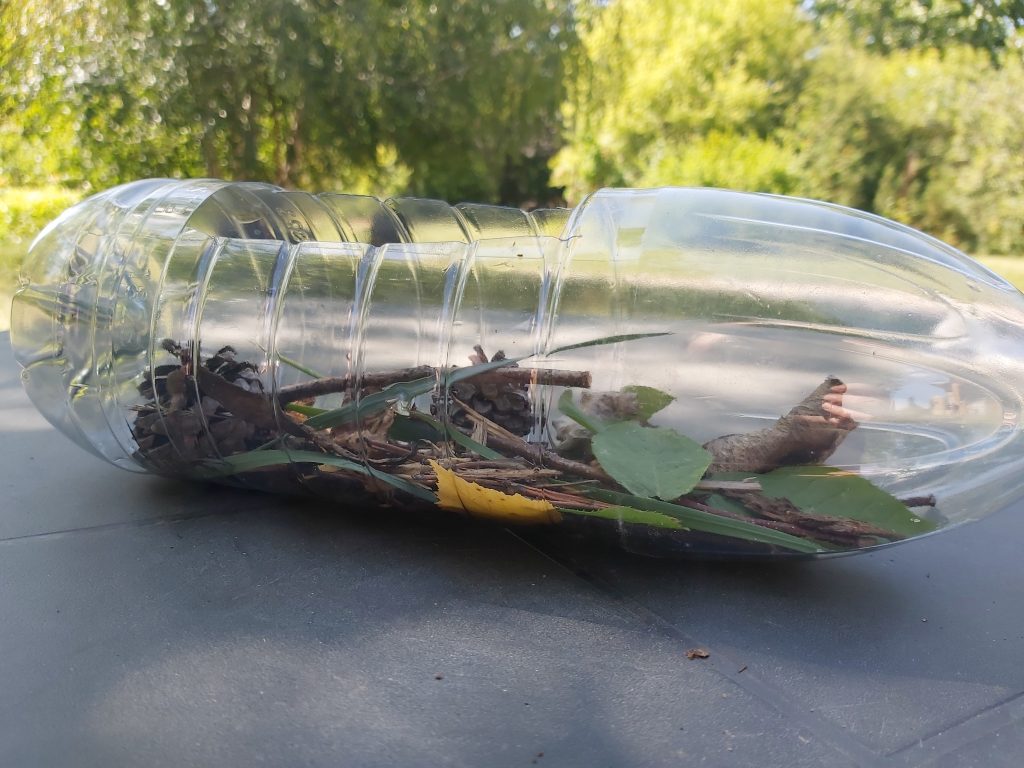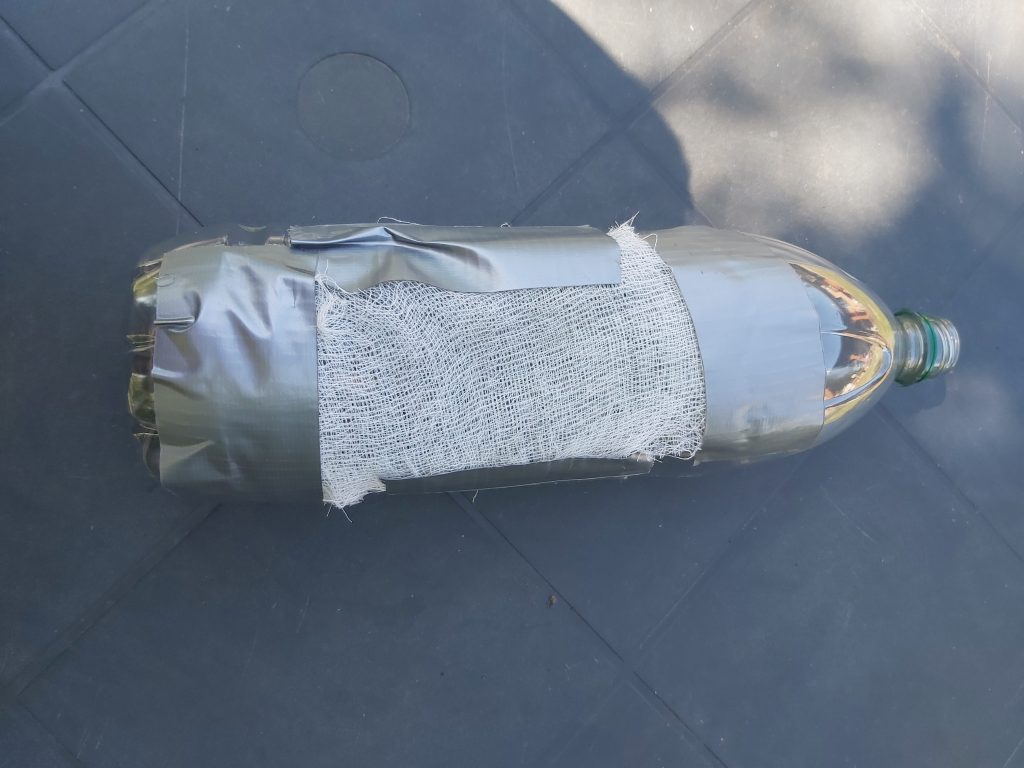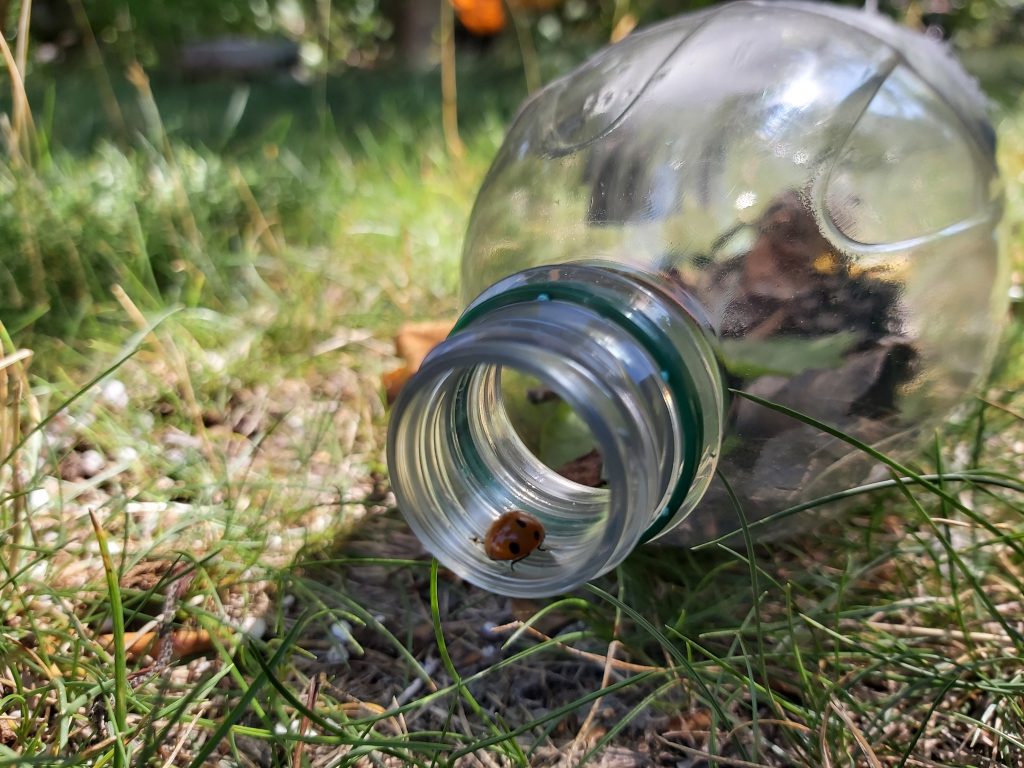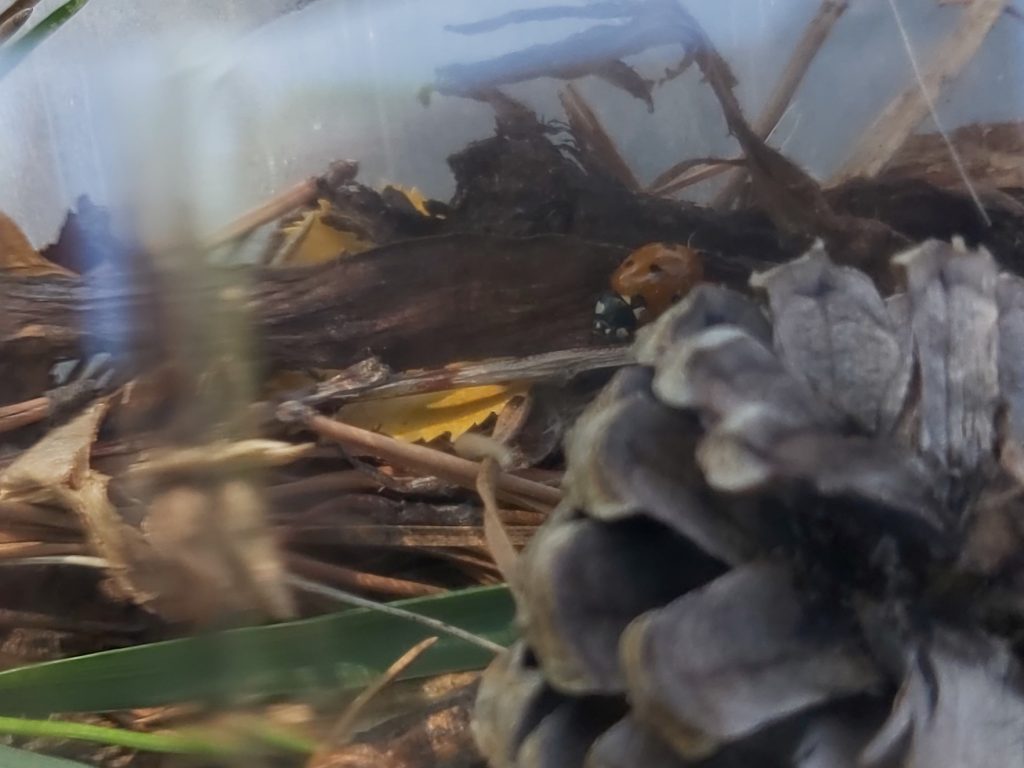
Get ready to dive into the depths of mystery and mayhem with Earth Ranger Emma on a spooktacular Halloween adventure! Emma’s on the hunt to uncover the truth about the legendary Kraken—could a real-life sea monster be lurking below the waves? From ghostly shipwrecks to giant squids and kookaburra-filled Australian journeys, this episode has it all! Tune in for spine-tingling tales, myth-busting surprises, and maybe even a little penguin playground fun! Perfect for curious Earth Rangers and thrill-seekers alike!

Today Emma flies all the way to Australia to prove Ryan wrong… but she’s in a special surprise this time! The creature she’s investigating today is a special sea monster… THE KRAKEN!
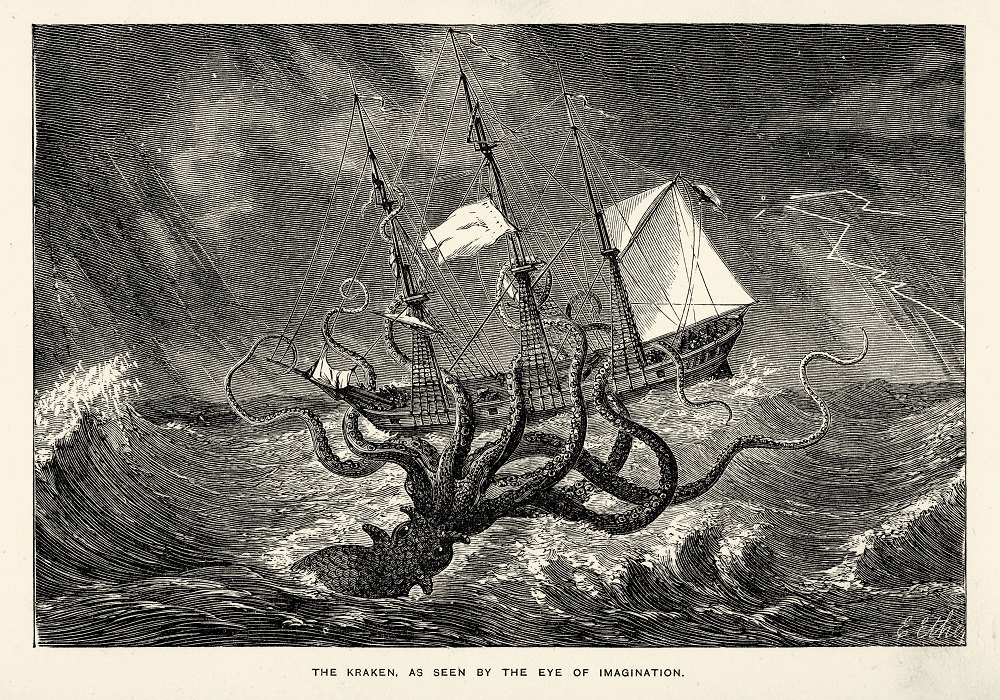
The kraken is said to have been the cause of many shipwrecks. A giant squid or octopus capable of wrapping its tentacles and dragging sailors and their ships down. HOWEVER, unlike our good ol’ Nessie that Emma debunked two episodes ago, the Kraken might be more than just a folklore monster created to teach people about the dangers of the ocean.
There is a very real animal who might have inspired these legends: the giant squid!
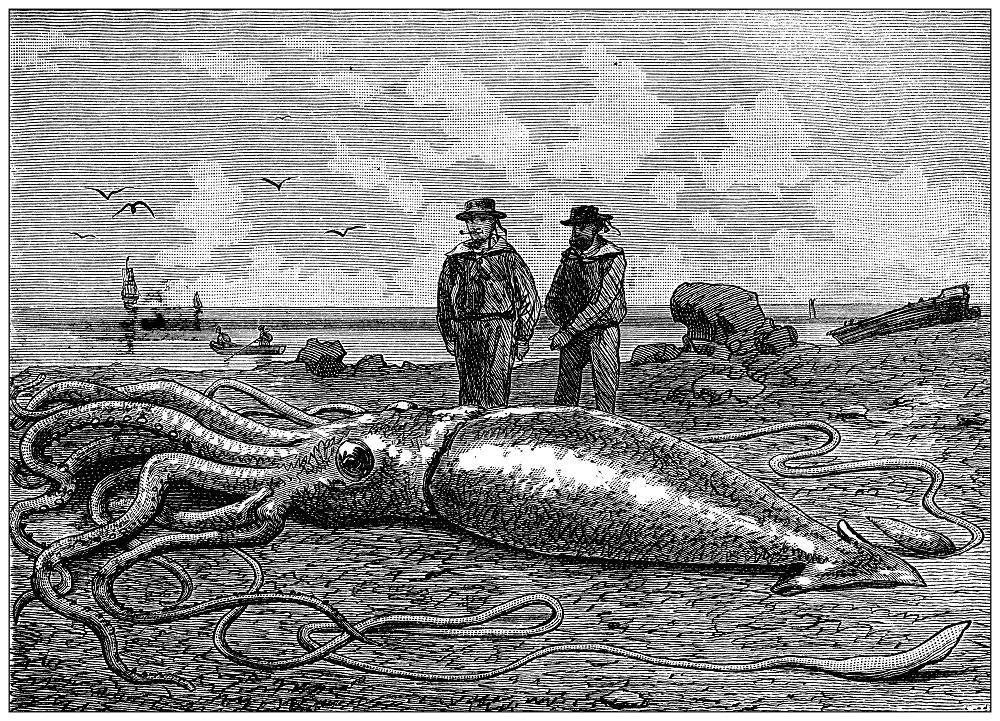
The giant squid lives up to its name: it’s so big – almost the size of a car! Its tentacles are long, just as long as Emma is tall. It very well could wrap itself around a ship, probably not take it down but certainly give sailors a good scare and capsize smaller boats. They are aggressive, especially if they mistake a boat or human for prey or feel threatened.
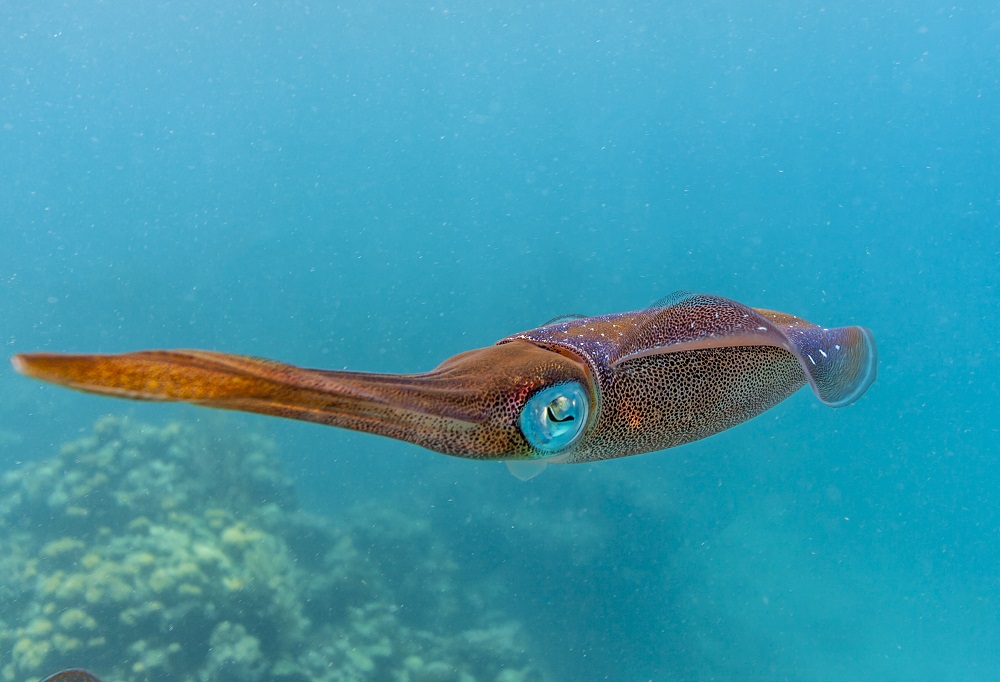
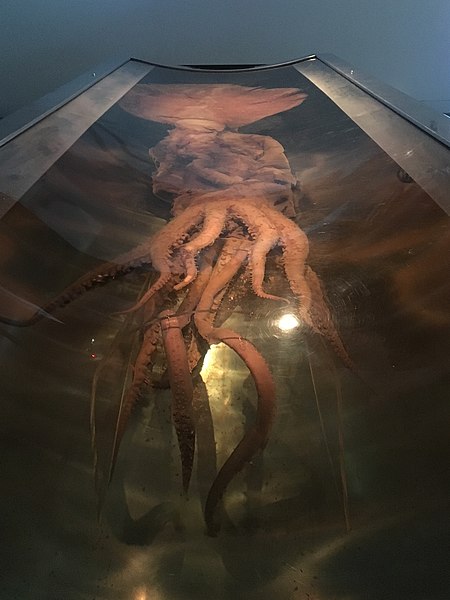
Compared to the legend of the Kraken, “Giant Squid” isn’t nearly as cool a name… but it has just as terrifying a reputation! Diver beware… don’t go angering the giant squids, you might experience what it’s like to fact the real-world kraken.

What do you think of the Kraken Monster Legend? What do you think of its real counterpart?
Let us know some other cool cryptids you wish Ryan or Emma talked about! Ryan’s going nuts coming up with some, but why not talk about other cool legends here?


